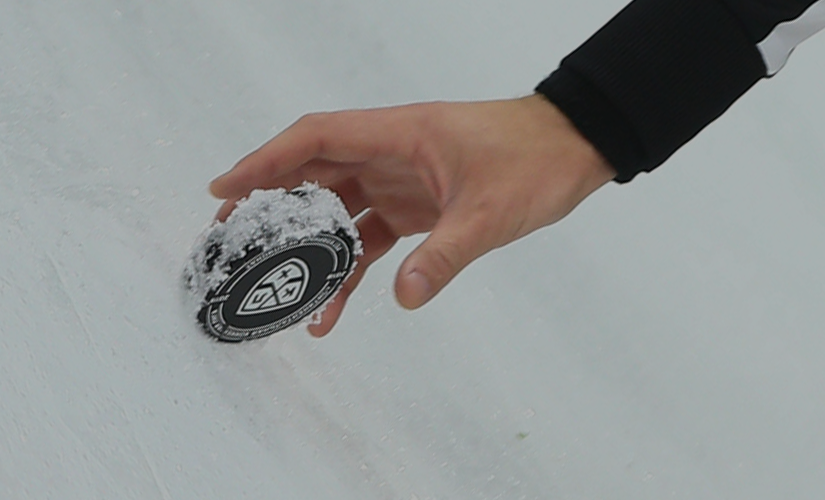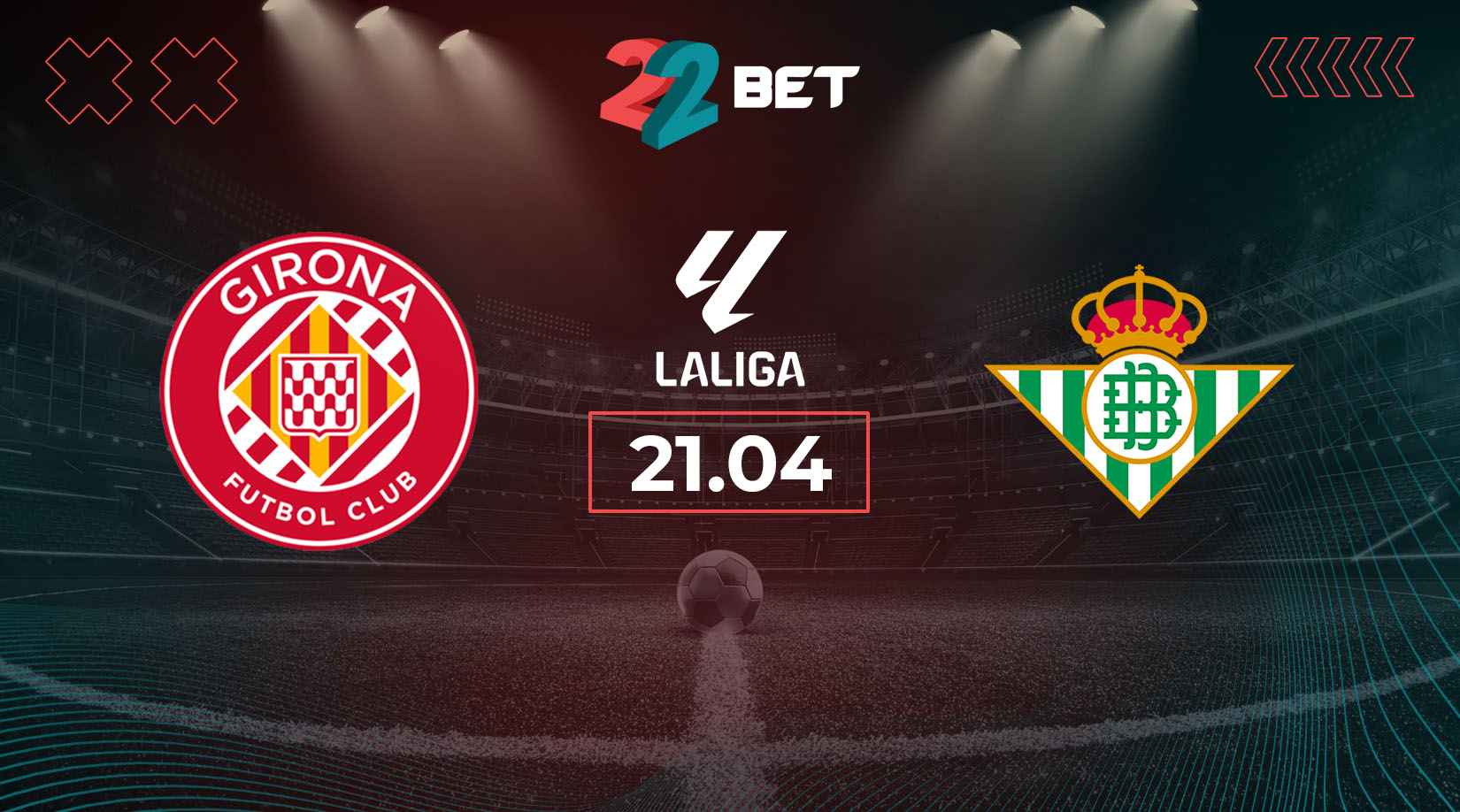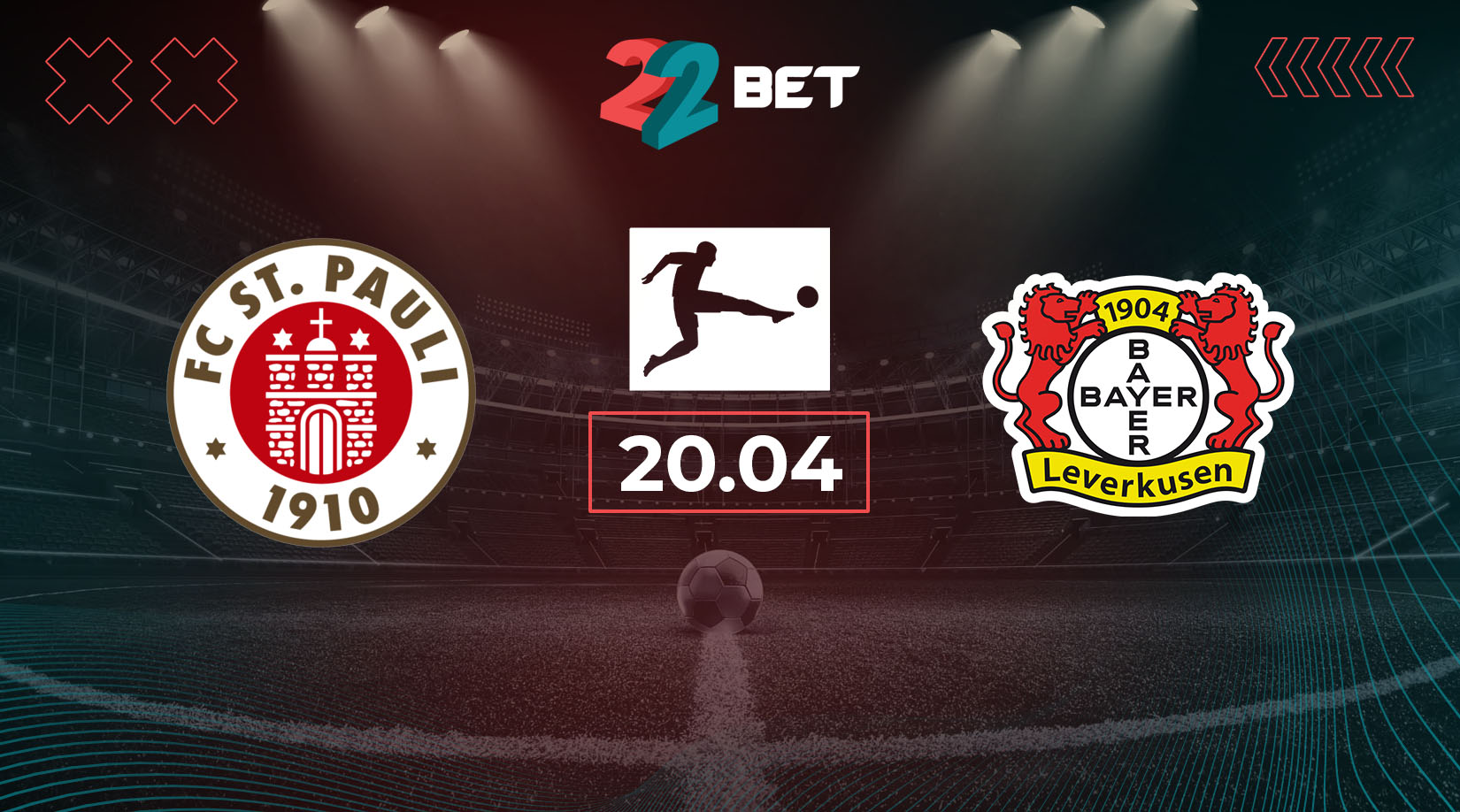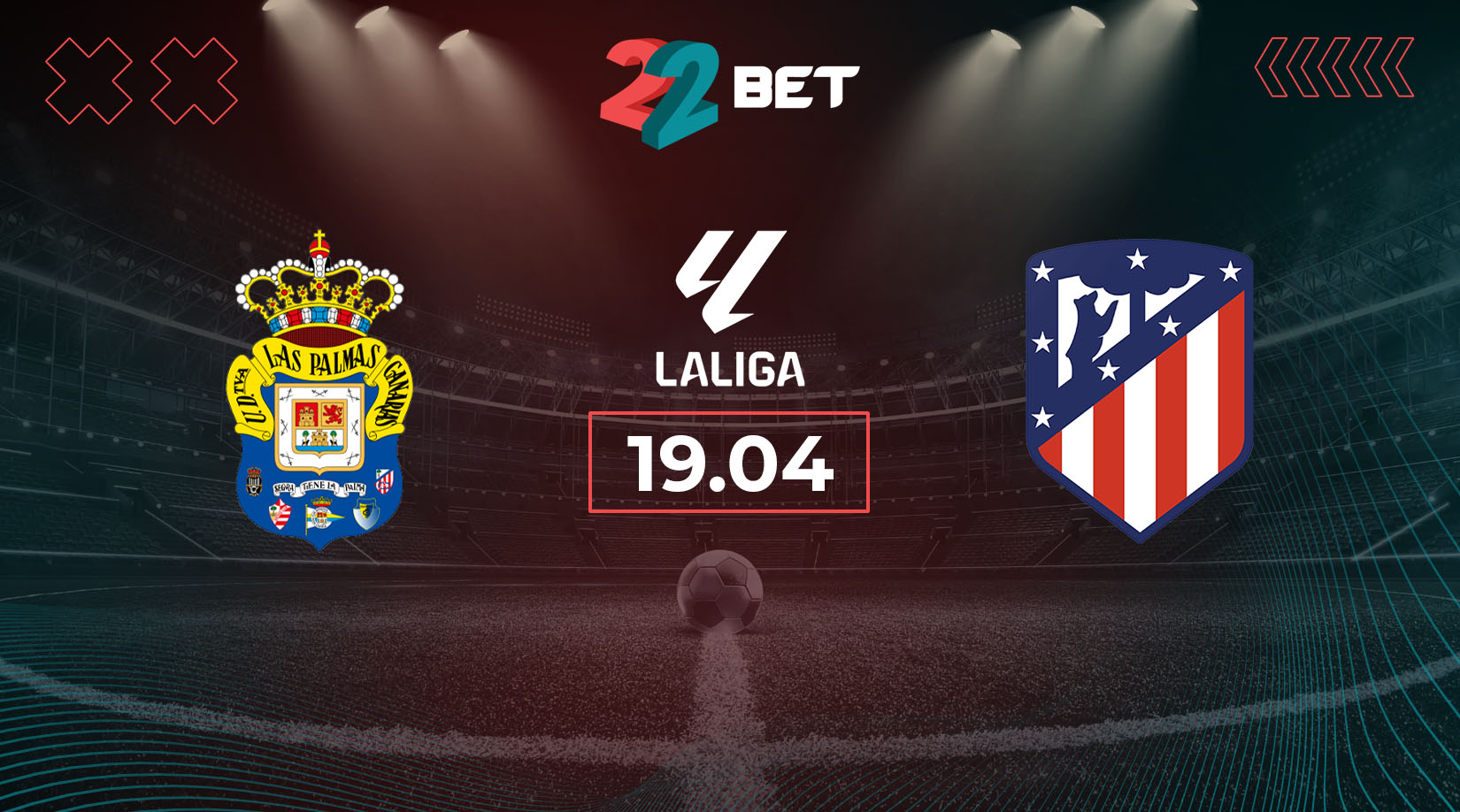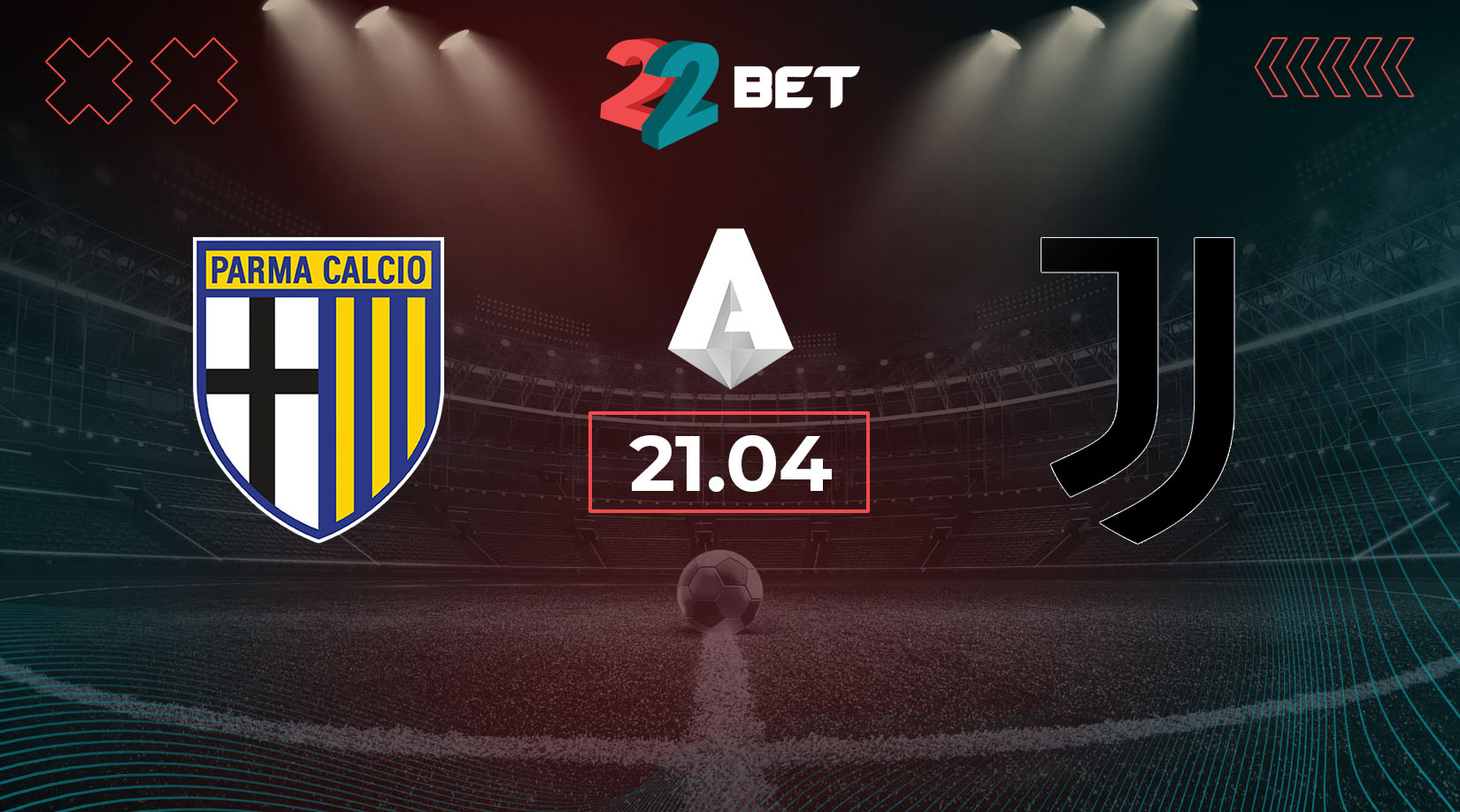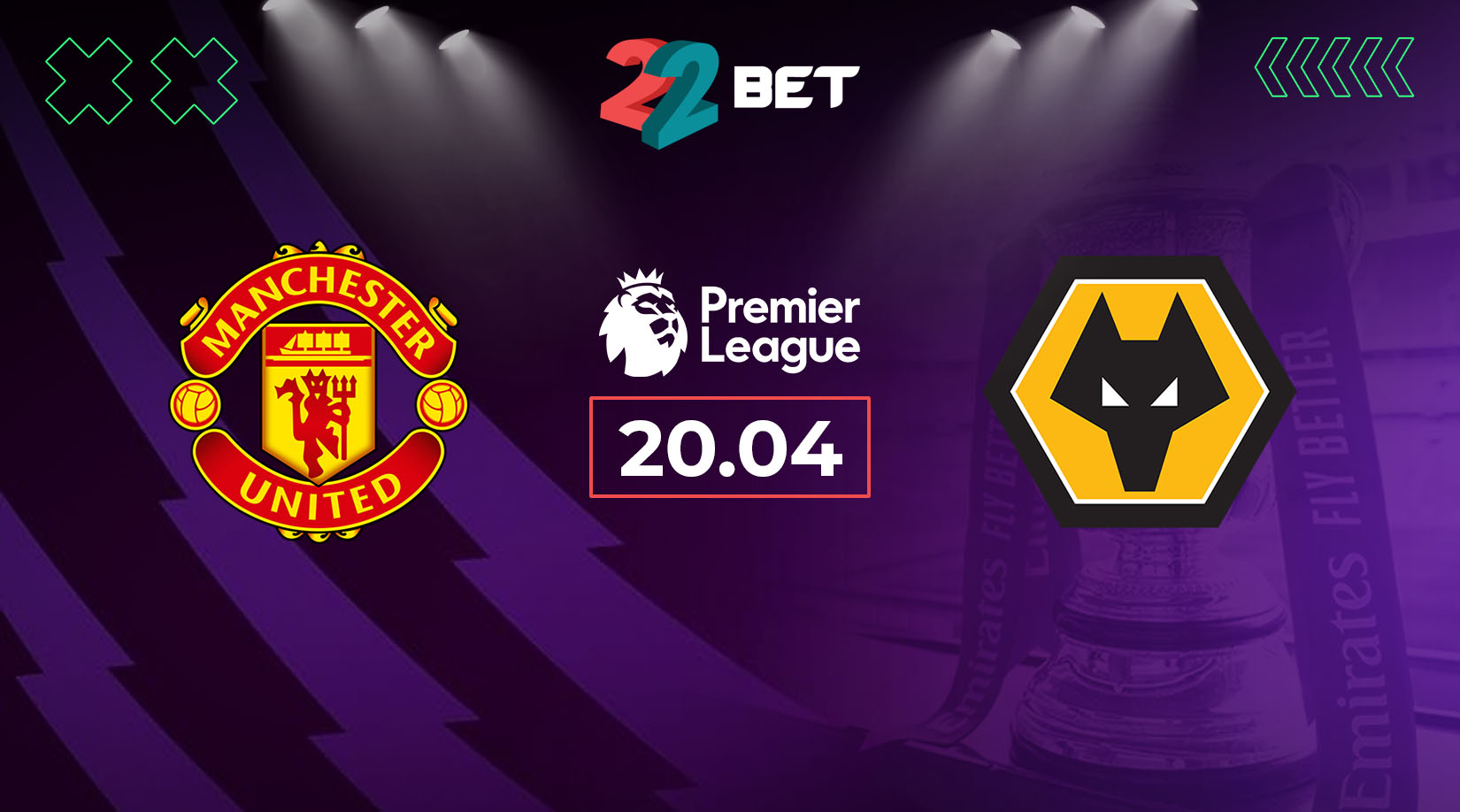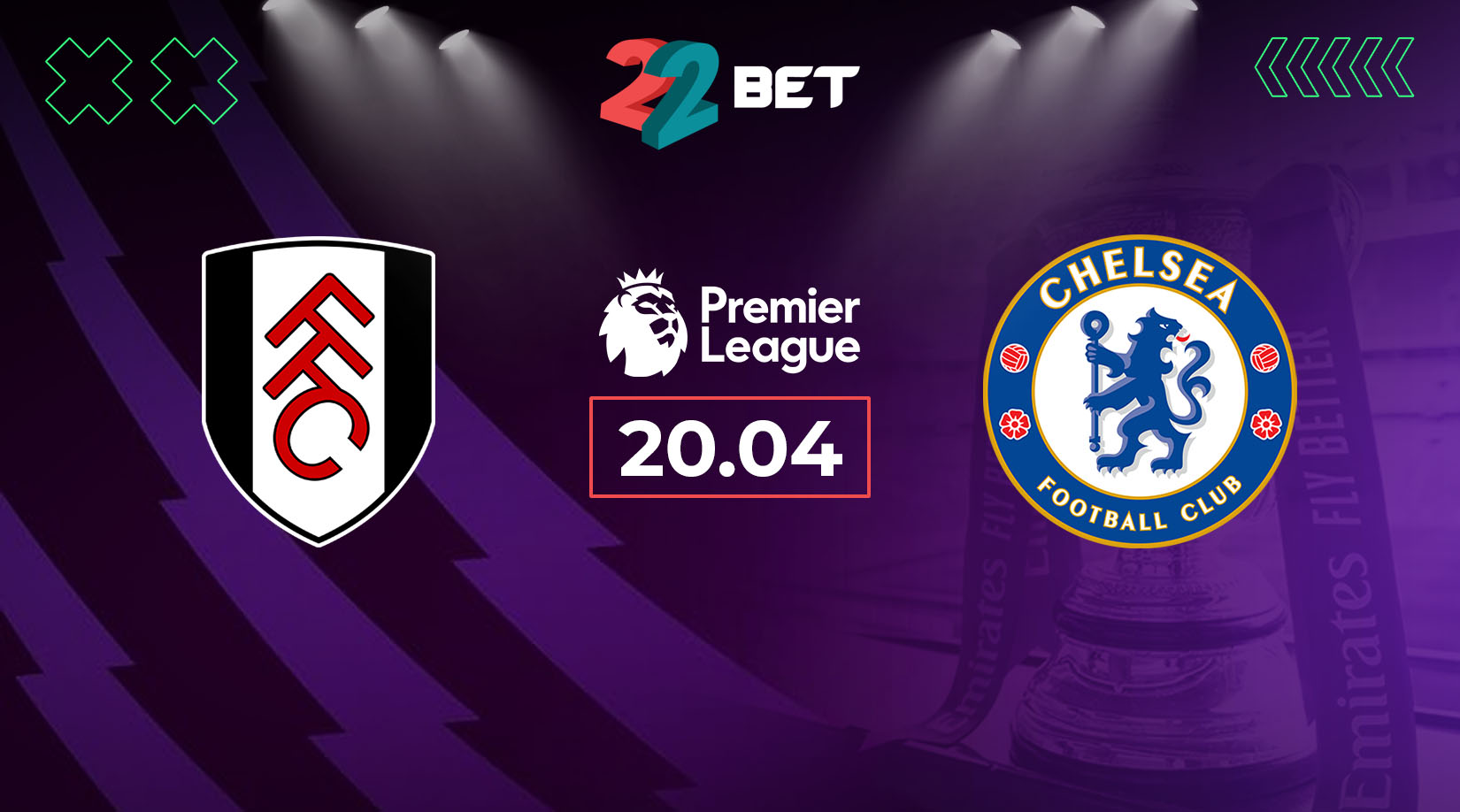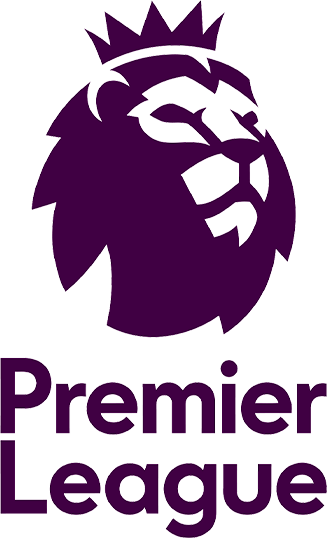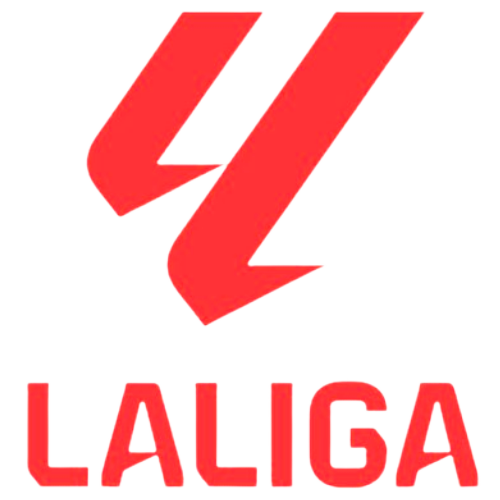In the new KHL season, hockey players started to play with new smart pucks. Chips are built in them, as well as in the ice rink frames, which allows coaches and spectators to receive detailed statistics on the actions of players in real-time.
Last season, the system was used as an experiment at the All-Star Game in Kazan and some Jokerit games. This technology was developed in Finland, but the name of the company has not yet been announced. Now the system will work on all KHL matches.
The cost of the project wasn’t disclosed, but the KHL covered all expenses. Clubs will use new technologies for free, and they only need help to install special sensors in the arena and to monitor chip integrity. According to the league’s press service, the equipment has already been installed in all arenas. The number of pucks that hockey players will play during the match will decrease. So if the puck flies out of bounds, it will need to be returned.
The work of the system will be powered by an analytical platform based on artificial intelligence. Unlike many other similar devices, it is fully automated and does not require additional labour in the arena. During the game, more than five million data points are analyzed – they form statistics that cannot be measured manually.
In turn, the league has not yet abandoned the workers responsible for statistics. But now they collect and process the information that the chips transmit.
What information chips collect?
- The maximum and average speed of hockey players;
- Acceleration of the hockey player;
- The distance travelled by the player;
- Time spent on ice;
- Heat map of players;
- Shot map;
- Faceoff wins, and so on.
Using chips, you can record information not only for a specific player but also for the entire shift. With a goal conceded, the system will show where the hockey players were located, which zones were open, whether it was possible to block the shot, how much time and at what speed the hockey players moved and interacted. Now, coaches will be able to analyze the work of various links against each other.
Spectators can also receive this information in the arena; it is displayed on a media cube. The system will be able to use by the bookmakers too. It is expected that there will be more options for bets, and the odds on certain events will change in real-time. For example, the chips show that one team received a serious advantage: hockey players move faster, make more entries into the attacking zone, and the opponent gives more and more free space. This means that the chance to score a goal is increasing and the odds should change.
Sensor chips were installed on each arena — these chips exchange information about the location of the puck and players up to 100 times per second. Bluetooth powers technology with low power consumption. Such devices can operate for more than a year on a single battery without recharging.
Note that technology with chips is not yet used in the NHL. The league showed smart pucks at their All-Star Game, but a decision to use them everywhere has not yet been made.
Even before the lockout in the NHL, they tried to introduce special devices not only in the pucks but also in the uniform of hockey players. This idea was not yet accepted by the NHL union, after which the league, without advertising, was forced to abandon it. It seems that someone in the KHL wants to get ahead of the NHL with the introduction of chips.


